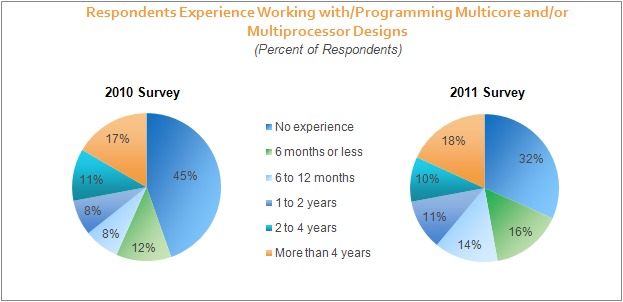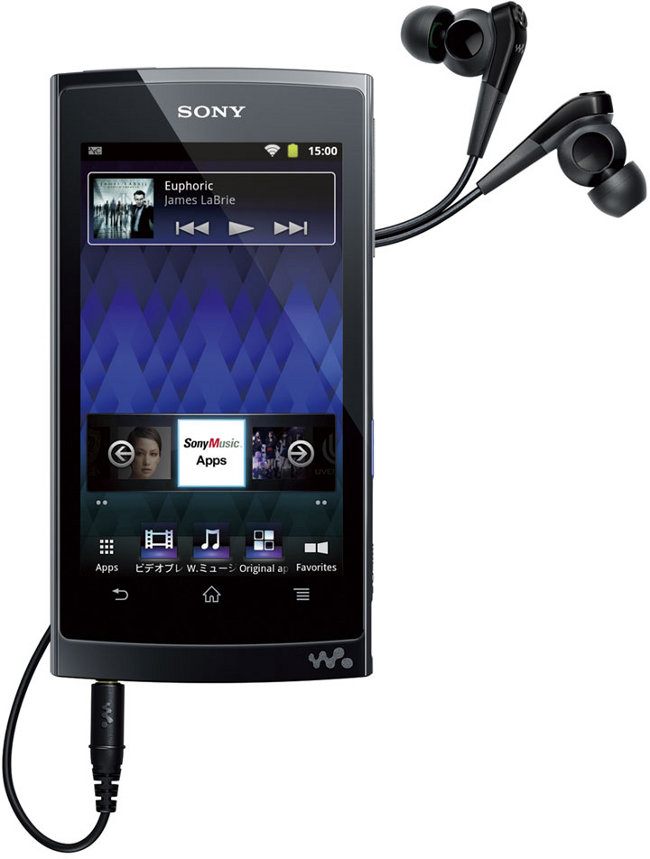Right after a disk defragmentation, my colleague suddenly had an error message in Firefox “The bookmarks and history system will not be functional because one of Firefox’s files is in use by another application. Some security software can cause this problem” and all history and bookmarks were gone. You can use the “Learn More” button to go to the page The bookmarks and history system will not be functional to find solutions: Solution 1: Restart your computer Solution 2: Create a new places database by renaming places.sqlite Unfortunately none of those solutions worked for us. But we fixed it by following Solution 2 and deleting some extra files (in green) as follows: At the top of the Firefox window, click on the Firefox button, go over to the Help menu (on Windows XP, click on the Help menu) and select Troubleshooting Information. The Troubleshooting Information tab will open. Under the […]
Windows 8 NFC (Near Field Communication) Demo
A few months back, I would have never thought I would post about Microsoft and Windows in an embedded software blog, except for the rare mention of Windows CE or Windows Embedded products. But it now seems Windows 8 will actually focus on products that were previously almost exclusively ARM based such as tablets and smartphones. I have already posted about Windows 8 Tablet and Smartphones demo at the build conference and today I’ll discuss a little bit about NFC support in Windows 8. Windows 8 will support NFC (Near Field Communication) with NXP PN544 NFC controller chip. NXP PN544 is also the NFC solution used in the Windows 8 tablets, made by Samsung, which are being distributed to attendees of Microsoft’s Build Windows conference 2011. The NFC use cases available with Windows 8 include: Windows 8 device pairing (e.g. Bluetooth headsets and speakers) Data sharing (e.g. digital business cards) […]
Window 8 ARM Platforms at Build Conference 2011
Yesterday, I mentioned the Nvidia Tegra 3 tablet running Windows 8 which is currently showcased at Build Conference 2011 and they also had a Tegra 3 laptop running Windows 8. But Nvidia was not the only company showing off ARM based processors running Windows 8. There were at least 2 other companies, namely Qualcomm and Texas Instruments. Qualcomm showcased a Snapdragon MSM8660 (Dual core 1.2 GHz) Tablet running Windows 8 and announced that the first batch of Windows 8 PC will be based on the Snapdragon processor. Texas Instruments brought a Windows 8 Tablet based on OMAP4430 (dual core 1 GHz) developed in partnership with Quanta. Jean-Luc Aufranc (CNXSoft)Jean-Luc started CNX Software in 2010 as a part-time endeavor, before quitting his job as a software engineering manager, and starting to write daily news, and reviews full time later in 2011. www.cnx-software.com
Most Engineers have Multicore/Multiprocessor Experience
In a recent blog post entitled “Engineers’ Multicore/Multiprocessor Experience Improving” , VDC research revealed a survey showing that more and more engineers are gaining experience working on multicore or multiprocessor projects. In their 2011 survey, there are now only 32% of engineers who have never worked on projects based on multicore and/or multiprocessor versus 45% in 2010. VDC Research questions the the factors that are driving engineers’ expanding experience with multiprocessing, such as the increasing availability and affordability of multicore processors, advancements in processor technology, the effectiveness of ISVs efforts around educating the engineering community about the use of multicore or the continued maturation of software solutions that enable parallel programming. But I believe it’s all of the above. There are now many cost effective multicore processors for embedded systems (mainly thanks to ARM). Some of them have low cost development platforms that attract more developers. For device where battery […]
Can You Really Boost your Wifi Router Signal with a Beer Can?
I’ve recently come across an interesting and amusing story entitled “Boost Your WiFi Signal Using Only a Beer Can” on discovery channel website. I’ve said to myself that I’ve got to try with my WiFi router. The interesting part is that my WiFi router (TP-LINK TL-WR940N) has 3 antennas, so I had to diligently drink three beer cans (LEO brand, the best local beer in Thailand). Once this was done, I had all that I needed, besides a pair of scissors, a utility knife and some double faced tape. The next step was to clean the beer cans, let them dry and cut the bottom and top of the beer cans as described on discover channel blog post. There is no dotted red line on LEO beer cans, but there are yellow horizontal lines that make this can perfect for the job. After less than 5 minutes of hard work, […]
Intel and Google to work on Android for Atom
Intel officially announced it will collaborate with Google to optimize the Android OS for Intel’s Atom processor platform in order to help Intel entering the smartphone market. In his keynote on the 13th of September – the first day of the Intel Developer Forum 2011 – Intel CEO Paul Otellini announced the partnership with Google to support Android on Atom processors and said the first Intel-based smartphones will be available in the first half of 2012. Paul Otellini demoed Intel’s Android smartphone reference platform running Android 2.3 (Gingerbread). The phone is 9.5mm thick, had an HDMI output, NFC support and features Intel’s 32nm Medfield processor which is said to include a newer generation GPU. Intel also showed off the new ISP (Image Signal Processor) capabilities in Medfield which is capable of capturing up to 20 fps at 1600 x 1200. However, the reference platform could only deliver 10 fps from […]
Microsoft demoes Windows 8 on Tegra 3 Tablet
Microsoft demonstrated several Windows 8 features running on a quad-core NVIDIA Tegra 3 tablet at the company’s BUILD developer conference in Anaheim, California. During the event, Mike Angulio – Microsoft’s VP of Windows planning – demonstrated: Windows 8 devices’ ability to instantly switch on and off The new Windows 8 user interface, designed to work equally well with both touch-based tablets and keyboard/mouse-based PCs New applications, mostly written in HTML5, which are always running in the background Platform agnostic applications (running on both ARM and x86) Anguilo also emphasized that all Windows 8 applications will feature hardware accelerated graphics so that developers will not need to do additional work to support hardware acceleration and their applications will automatically take advantage of graphics on both ARM and x86 platforms. Source: Microsoft Wows BUILD Crowd with Windows 8 on Quad-Core NVIDIA Tegra Tablet You can watch Windows 8 Demo from Build Conference […]
Sony Announced the Android Walkman NW-Z1000
Sony Corp announced three new series of its Walkman portable music including the “NW-Z1000” series powered by Nvidia Tegra 2, equipped with an 4.3-inch TFT LCD panel and running Android 2.3 (gingerbread). NW-Z1000 user interface is slightly customized and its sound quality is improved thanks to a digital amplifier chip called “S-Master MX.” The changes made to the UI include shortcut icons for Sony’s music applications and video players at the bottom of the screen. The NW-Z1000 has wireless LAN capability, GPS and sensors such as acceleration sensor and is pre-installed with GMS (Google Mobile Service) which includes Google Maps, YouTube and Android Market. Here are the specifications of the NW-Z1000 series Walkmans: Android 2.3 with access to the Google market YouTube, Gmail, Google Maps and various Sony apps pre-installed (Sony Music Player, Photo Player, etc.) 4.3-inch LCD with 480×800 resolution NVIDIA Tegra 2 dual core mobile CPU (1GHz) 512MB main […]







